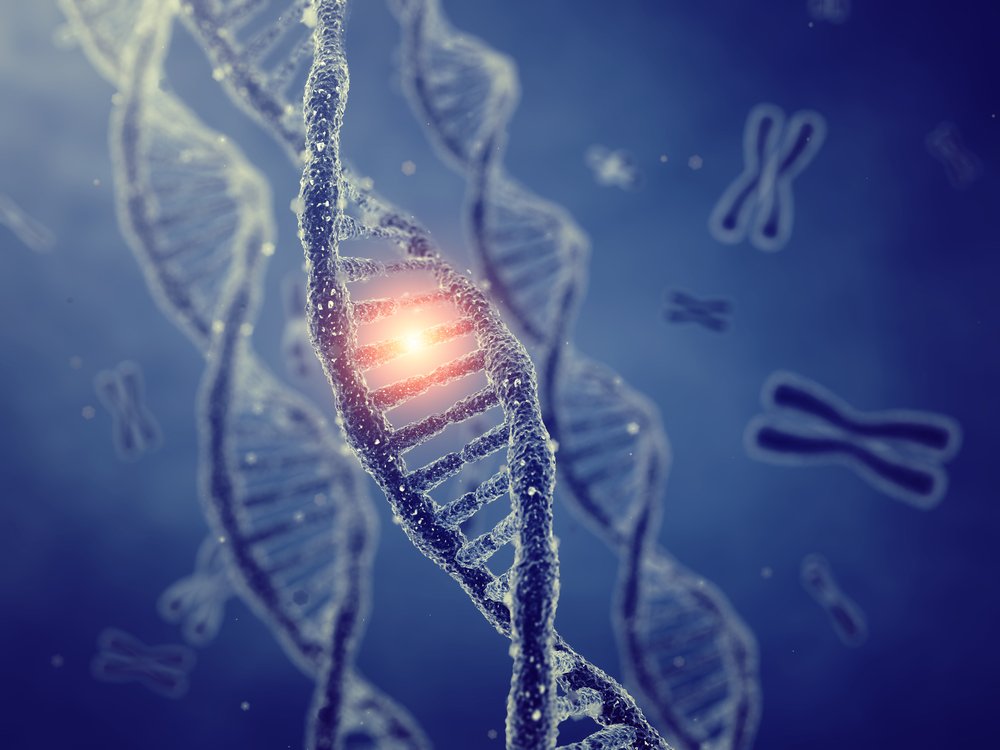Further Research Needed to Understand Link Between Mutations in tRNA Enzymes and Charcot-Marie-Tooth Disease, Researchers Say
Written by |

Further studies are needed to understand how mutations in genes coding for aminoacyl-tRNA synthetases (aaRSs) may help fuel Charcot-Marie-Tooth (CMT) disease, researchers say.
Their study, “Neurodegenerative Charcot-Marie-Tooth disease as a case study to decipher novel functions of aminoacyl-tRNA synthetases,” was published in the Journal of Biological Chemistry.
Proteins are essential for cellular activity. The information for protein production is encoded in the genome and follows a three-step process in which the message in the genome is first converted into a messenger RNA, and this is then translated into a protein.
RNA and proteins are written in a different manner. To make a protein, the information within the RNA molecule has to be translated into the language of protein. While RNA is written in nucleotides, proteins are written in aminoacids.
Proteins are assembled in a sort of factory, called the ribosome, and transfer RNAs (tRNAs) are responsible for carrying the appropriated amino acid to the ribosome where the RNA message is converted into a protein.
aaRSs, also called tRNA ligases, are involved in the first step of protein production and are responsible for binding tRNAs to their respective amino acids.
CMT affects the peripheral nervous system, and it was the first disease to be linked to mutations in aaRSs genes. Currently, five members of the aaRS family — GARS, YARS, AARS, HARS, and WARS — are linked to the disease, with a potential sixth member (MARS). The aaRS proteins are the largest protein family implicated in CMT. Based on these genetic discoveries, scientists were able to develop animal models of CMT. By expressing a mutated copy of GARS, for example, mice develop symptoms similar to human CMT.
But how could a mutation in such a fundamental enzyme affect only peripheral nerves? Researchers say that, because we have two copies (alleles) for each gene, a non-mutated allele (called wild-type) originates a normal aaRS that is sufficient to function, and so no defects are detected. However, if the mutation in the aaRS affects the “working area” aaRS, this means that the protein is no longer able to fuel the binding reaction of tRNAs to aminoacids.
Scientists believe that the expression of the mutant enzyme in neuronal cells leads to an aaRS that is abnormal and makes it bind aberrantly to other proteins, a phenomenon detected in CMT.
Given the complexity of aaRS mutations and their cellular behavior, the study’s researchers propose that CMT’s underlying molecular mechanism is most likely dependant on multiple factors, and that genetic and functional studies should address how different mutations in aaRS lead to CMT subtypes.
“The most important future direction for the field is to understand the commonality in pathogenesis (disease course) among different aaRS-linked CMT forms,” the researchers wrote.
“Understanding the commonality in pathogenesis among different aaRS-linked CMT subtypes is key for therapeutic development,” they said.




